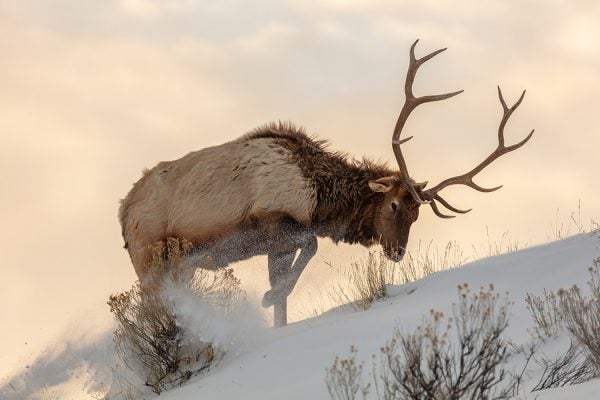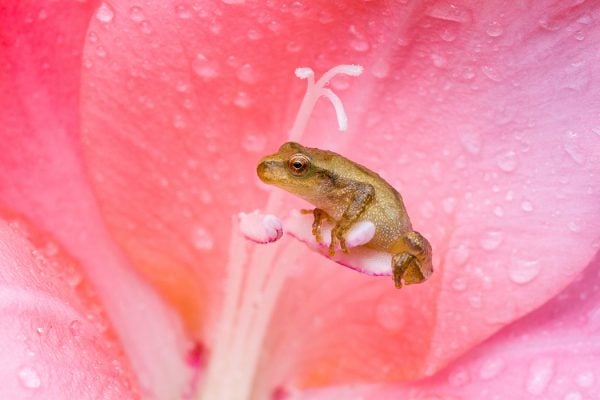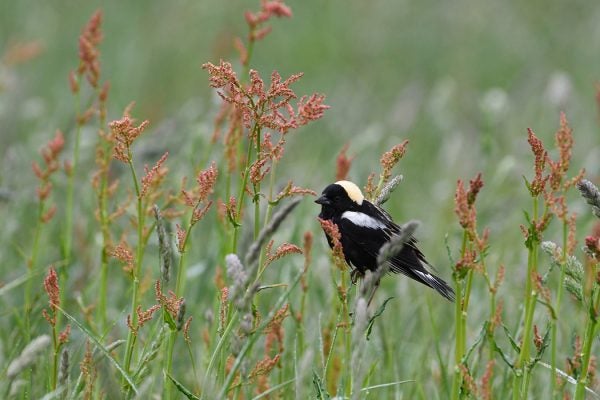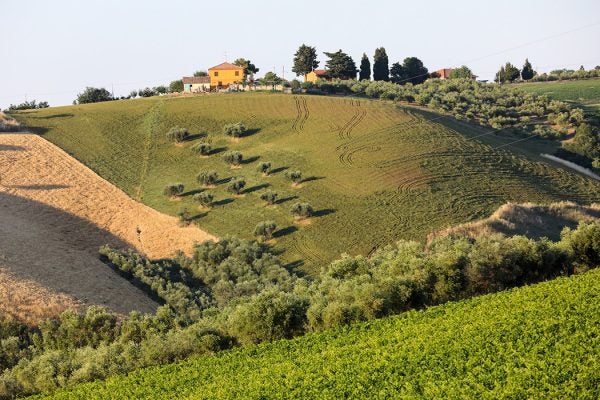Climate Change’s Dangerous Effects on the Boreal Forest
The forest's unique ecosystem protects the world's largest carbon sink—the Earth's permafrost layer. But for how much longer?
Could More Urban Trees Mitigate Runoff and Flooding?
With climate change comes more flooding. As cities confront the risks and potential damages, trees could become even more important.
Dude, There Are Sand Flies That Consume Cannabis
Could these blood-sucking pests actually have the munchies?
Are Peepers Starting to Peep Earlier?
The call of the common frog species Pseudacris crucifer is a reliable marker of spring. Will climate change affect that?
Plant of the Month: Cork
Why is cork so strongly associated with bottle stoppers? The answer goes back centuries.
The Little Plankton That Could
Arguably the world's most abundant animal, calanoid copepods can leap like whoa Nelly. And check out their enigmatic embryos!
Restoring Native Grasslands to Help Birds
Grassland birds, such as the prairie chicken, plover, and bobolink, need a complex environment of varying structure, area, and grass types.
Soil Health Can Positively Affect Farm Revenue
In a case study from Italy, researchers found that biodiverse soil had good economic results for farms.
There’s Something About Lizard Blood
The blood of western fence lizards has the ability to neutralize Lyme disease in ticks—so why aren’t scientists bottling it to sell at the grocery store?









